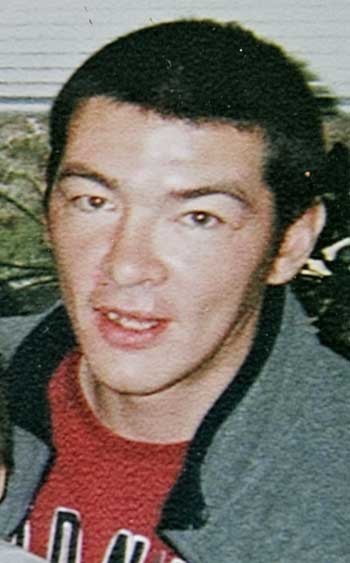The jury hearing the inquest into the death of Robert Stone decided he died a natural death, and it offered five recommendations.
An assisted, sober-living facility should be built in Whitehorse, chief coroner Sharon Hanley read out at around 7 p.m. on Thursday.
She noted it was a recommendation specifically for the territorial government and its Department of Health and Social Services.
As was the second recommendation, which suggested annual re-training for detox centre staff, with a focus on the policies on monitoring clients using the Sarah Steele Building at the end of Main Street.
During the week, the inquest heard that staff working at the detox centre during Stone’s last visit on May 2, 2010, did not check on him properly.
He was a regular client there, all four women testified.
Records show he had been admitted to the facility 139 times since 1997.
His visits would range from a few hours, to a few days and, every time, he would sleep with a pillow on top of his head, all four staff members said.
It is common thing for many detox clients, testified Patricia Germain who, along with her staff partner, found Stone dead when they attempted to give him his medication at around 10:40 a.m.
No staffer working that night and morning lifted the pillow or attempted to wake Stone.
And, with the exception of the first hourly check at 6 a.m., after he went sleep, no one even went up to the bed to check if he was breathing.
Stone slept on his stomach, with both the blanket and pillow over his body and head.
Stone died of positional asphyxiation, suggested Susan Roothman, counsel for the Stone family. Stone had fetal alcohol syndrome disorder and suffered from seizures - which is 10 times more likely with people with FASD, the inquest was told.
Roothman repeatedly asked the inquest and its witnesses whether it was possible for Stone to have suffered a seizure and, being unable to turn his head or take off the pillow, suffocated to death.
There was not enough proof to determine a cause of death, said Charles Lee, a Vancouver-based pathologist who did the autopsy on Stone’s body.
He found many things that proved what doctors and workers who dealt with Stone already knew: he had extensive brain injuries common among people who suffer from seizures. He had wounds to the face, hands and knee that were fresh from the day before he died. He was a chronic alcoholic and had overgrown gums - a symptom unique to people who have used the anti-seizure sedative Dilantin for many years.
But neither the alcohol, the Dilantin nor the interaction of the two in Stone’s body were clear causes to his death, said Lee.
The jury’s third recommendation was for the Whitehorse Correctional Centre.
When Stone was released from the jail the day before his death, they gave him a six-day supply of the Dilantin prescription.
However, the labeling on the package was handwritten and incomplete, detox staff testified.
This was uncommon and it would be against strict policy of the facility to give Stone the medication without first clarifying who gave it to him.
When Germain started her shift that Sunday, she began calling Stone’s doctor and the pharmacy. Along with other programs and clients, this calling around made her too busy to check on Stone at 9 a.m. and 10 a.m.
By the time she could confirm the prescription and bring Stone his morning dose, he had already been dead for an estimated two hours, perhaps more.
The jail should review its policy of medical prescription labeling, recommended the jury.
Also, the detox centre be equipped with an automated external defibrillator, known as an A.E.D, said the jury. That tool has become common in most, basic first-aid training and is colloquially known as the “paddles” used to help restart the heart after cardiac arrest.
Finally, the four-woman and two-man jury suggested both territorial and First Nation governments commit more funding to the Fetal Alcohol Syndrome Society Yukon.
Holding this inquest was the decision of the coroner. It was not obligated, by law or policy, because Stone died in a Yukon government facility. Rather, it was held in the public interest and was an attempt to provide answers to the Stone family.
The recommendations offered by the jury are not binding, but simply suggestions to the identified organizations in an attempt to prevent deaths, like Stone’s, from ever happening again.
Robert Stone was 34 years old and he was a member of the Ta’an Kwach’an Council.
All of the RCMP members, paramedics, Whitehorse Correctional Centre staff and staff at the detox centre who were the last to interact with Stone testified that they knew him well and that he was generally a pleasant guy.
“It was always, ‘No ma’am, yes ma’am, thank you ma’am,’” said Avoline Perrier who admitted him to the detox centre before he died.
“We had a talk,” she said. “His wife passed (away) a few days before he went into WCC. We talked about his wife in general. His children. He told me he had met with his FASSY worker and he was thinking about going back to Watson Lake.
“He was in the best condition I’ve ever seen him in.”
Contact Roxanne Stasyszyn at
roxannes@yukon-news.com
